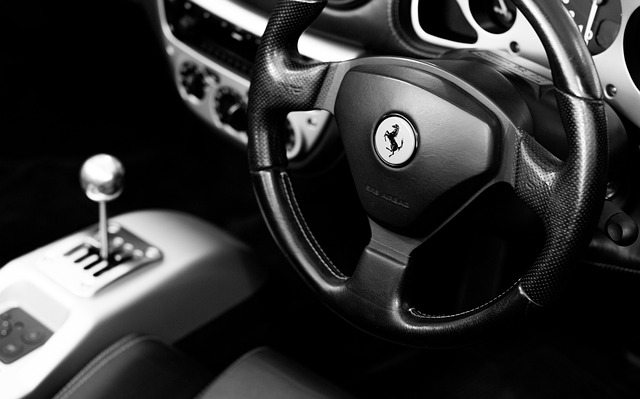Choosing between enclosed and open car transport depends on your vehicle's value and condition. Enclosed carriers offer superior protection for high-end or classic cars, but are more expensive and have longer lead times. Open transport is cost-effective for bulk shipments or budget-conscious sellers, exposing vehicles to weather but offering quicker loading and unloading. For online car sales, compare quotes, assess insurance, and understand potential fees to get the best deal.
In today’s digital age, online car sales are on the rise. For buyers and sellers across the country, shipping options like enclosed and open car transport play a crucial role in ensuring smooth transactions. This article delves into the intricacies of these transport methods, offering insights into their respective pros, cons, and cost analysis. Whether you’re considering enclosed vs. open car transport, understanding these differences can significantly impact your online car sales experience. By exploring these options, you’ll be better equipped to make informed decisions.
- Understanding Car Transport Options for Online Sales
- Enclosed Car Transport: Pros, Cons, and Cost Analysis
- Open Car Transport: Benefits, Considerations, and Pricing Insights
Understanding Car Transport Options for Online Sales

When it comes to transporting cars for online sales, understanding your options is key to a smooth and cost-effective process. One of the primary distinctions lies in the choice between enclosed and open car transport methods. Enclosed carriers provide a more secure environment, shielding vehicles from direct exposure to elements like weather conditions, road debris, or potential vandalism. This option is ideal for high-end or classic cars that require extra care during transit.
On the other hand, open car transport offers a more affordable solution by exposing vehicles to the open air. While it may seem less appealing due to lack of protection, this method is suitable for bulk shipments or budget-conscious sellers. However, open transport does pose certain risks, especially in harsh weather conditions, which can lead to potential damage from elements like hail or extreme temperatures.
Enclosed Car Transport: Pros, Cons, and Cost Analysis

Enclosed car transport offers a level of protection that its open-air counterpart lacks, making it a preferred method for transporting valuable or delicate vehicles. When comparing enclosed vs. open car transport, the pros are clear: your vehicle is shielded from direct exposure to weather conditions and potential road debris, reducing the risk of damage during transit. This method is ideal for luxury cars, classics, or any vehicle with intricate detailing that could be compromised by exposure.
However, there are cons to consider. Enclosed transport typically comes at a higher cost due to the specialized equipment required and limited availability compared to open-air carriers. Long-distance trips might also see longer lead times as these vehicles are in high demand. Moreover, enclosed transport may not always be necessary for all journeys, especially for more common or robust vehicle types, where open transport could prove both cost-effective and efficient. Cost analysis should weigh these factors, considering not just the price of transport but also the specific needs and fragility of the cars being moved.
Open Car Transport: Benefits, Considerations, and Pricing Insights

Open car transport offers a more cost-effective solution for moving vehicles, especially for online sales where budget is a primary concern. Unlike enclosed carriers that provide total protection from weather and external damage, open trucks expose the vehicle to elements during transit. However, this comes with significant advantages. Open transport allows for faster loading and unloading times due to the easy access to the car, reducing overall shipping costs. It’s ideal for vehicles in good condition or those requiring minimal protection, like used cars or classics that are already well-maintained.
When considering open car transport, several factors influence pricing. The primary determinant is distance traveled, with longer routes incurring higher charges. Vehicle weight and size also play a role; larger or heavier cars will cost more to transport. Additionally, the open nature of the carrier means weather conditions can impact pricing, especially during extreme seasons. It’s crucial to compare quotes from different carriers, factor in insurance options, and understand any additional fees for specific requirements to ensure you get the best deal for your online car sales shipment.
When considering car transport for online sales, understanding the distinctions between enclosed and open transport methods is key. Enclosed carriers offer superior protection against the elements and potential damage, making them ideal for high-value or classic vehicles. However, they come at a higher cost due to enhanced security features. In contrast, open transport is more affordable but exposes the vehicle to weather conditions and potential road debris. Ultimately, the choice between enclosed and open car transport depends on your budget, vehicle type, and desired level of protection during transit.
